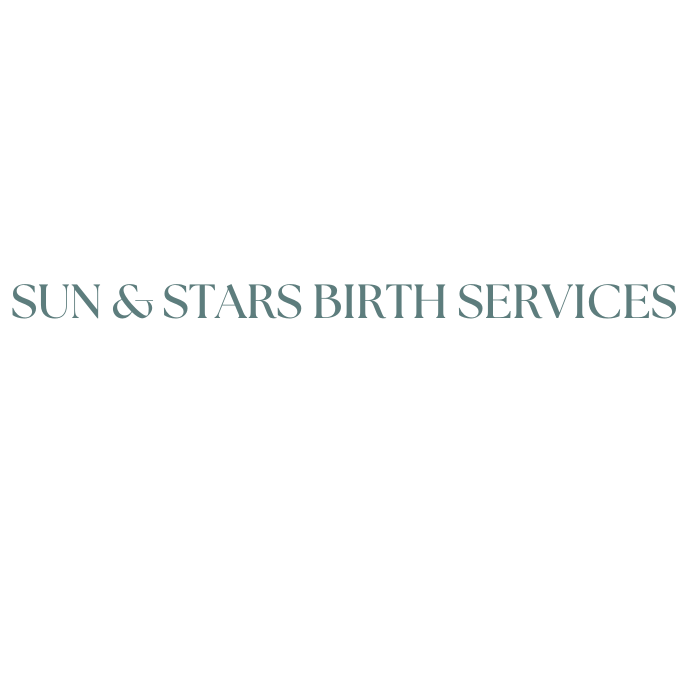Bottle-Feeding Basics: How to Choose the Right Bottle and Formula
Bottle-feeding can be a nurturing and bonding experience for both you and your baby. Whether you’re exclusively bottle-feeding, supplementing breast milk, or planning to transition to formula, understanding how to choose the right tools and nutrition for your baby is essential. Here's a guide to help you get started.
Choosing the Right Bottle
With so many bottle options on the market, it can feel overwhelming to decide which one is best. Here are some factors to consider:
1. Material
Plastic: Lightweight and shatterproof, but ensure it is BPA-free.
Glass: Durable and chemical-free but heavier and breakable.
Silicone: Soft and flexible, ideal for easy handling.
2. Nipple Shape and Flow
Shape: Some nipples mimic the breast, which can help with a smoother transition between breastfeeding and bottle-feeding.
Flow: Start with a slow-flow nipple to prevent overfeeding and ensure your baby can comfortably manage the milk.
3. Anti-Colic Features
Look for bottles with venting systems or angled designs to reduce air intake, which can minimize gas and discomfort for your baby.
4. Ease of Cleaning
Bottles with fewer parts are easier to clean and sanitize, which can save you time and effort.
5. Size
Smaller bottles (4-5 oz) are ideal for newborns, while larger bottles (8-10 oz) work well as your baby grows.
Choosing the Right Formula
Finding the right formula for your baby may take some trial and error. Here are some tips to guide your decision:
1. Types of Formula
Cow’s Milk-Based: The most common type, modified for easy digestion.
Soy-Based: An alternative for babies with a cow’s milk protein allergy or lactose intolerance.
Hydrolyzed/Extensively Hydrolyzed: Proteins are broken down for easier digestion; ideal for babies with severe allergies.
Specialized Formulas: Designed for preemies or babies with specific medical conditions (consult your pediatrician).
2. Forms of Formula
Powder: Cost-effective and long shelf life but requires careful mixing.
Liquid Concentrate: Easier to prepare but more expensive than powder.
Ready-to-Feed: Convenient and sterile, great for on-the-go use but the priciest option.
3. Ingredients to Look For
Iron: Essential for your baby’s growth and brain development.
Probiotics and Prebiotics: Can promote a healthy gut.
Omega-3s (DHA): Important for brain and eye development.
4. Signs of Intolerance
If your baby shows signs like excessive gas, diarrhea, rashes, or fussiness, they may need a different formula. Always consult your pediatrician before switching.
Tips for a Smooth Bottle-Feeding Experience
Start Slowly: If transitioning from breastfeeding, introduce the bottle during a calm, happy time.
Experiment: It may take trying a few bottle and nipple combinations to find what works best for your baby.
Maintain Proper Hygiene: Wash and sterilize bottles and nipples after every use to keep your baby safe from germs.
Pace Feeding: Hold the bottle at a slight angle to mimic breastfeeding flow and prevent gulping.
Bond While Feeding: Hold your baby close, make eye contact, and talk softly to create a comforting environment.
When to Consult a Pediatrician
If you’re unsure about which formula to choose, or if your baby is experiencing feeding difficulties, consult your pediatrician for guidance. They can recommend the best options based on your baby’s health and nutritional needs.
Conclusion
Choosing the right bottle and formula is all about understanding your baby’s unique preferences and needs. With a bit of patience and experimentation, you’ll find a combination that ensures your baby is well-fed, happy, and thriving.
